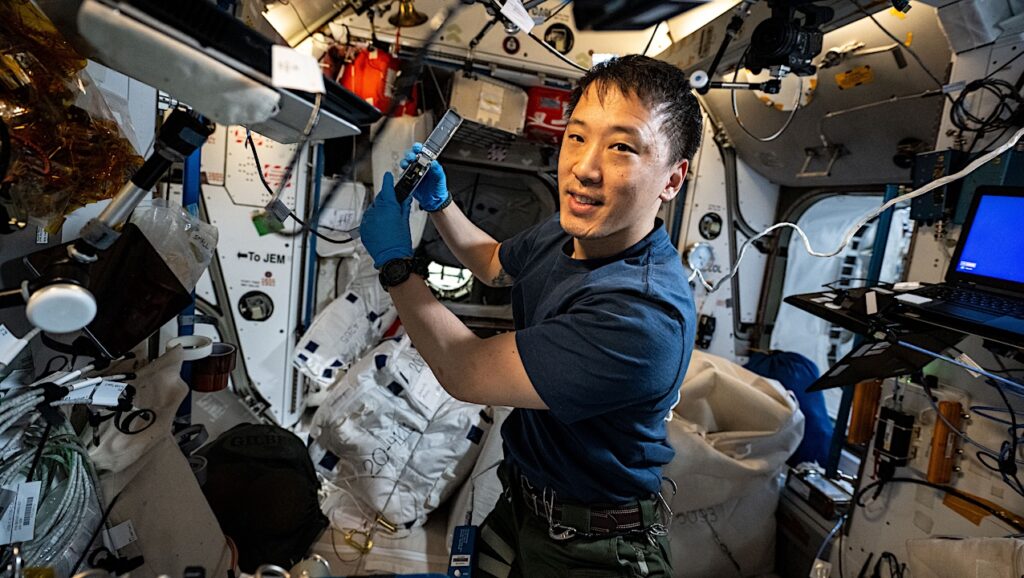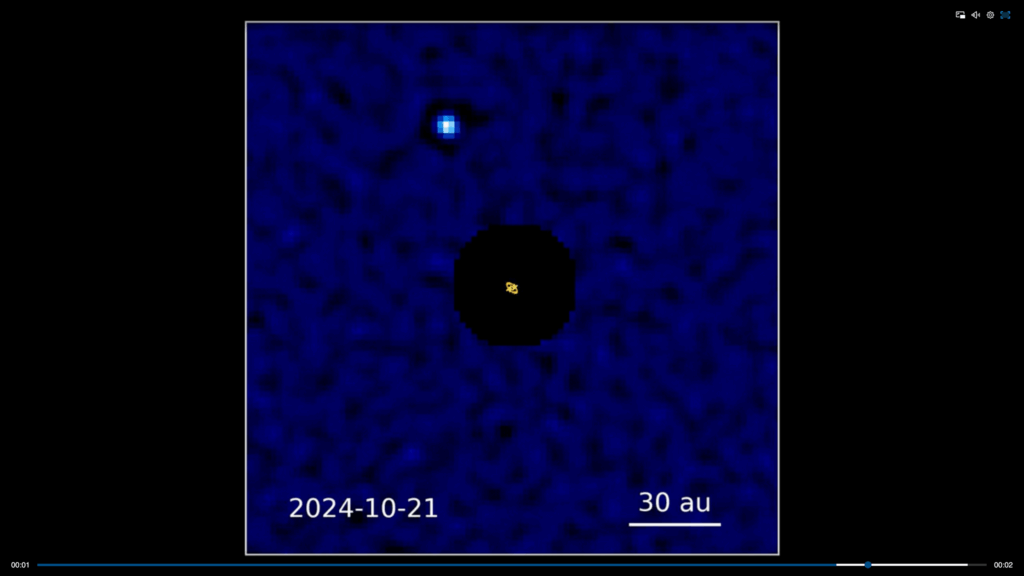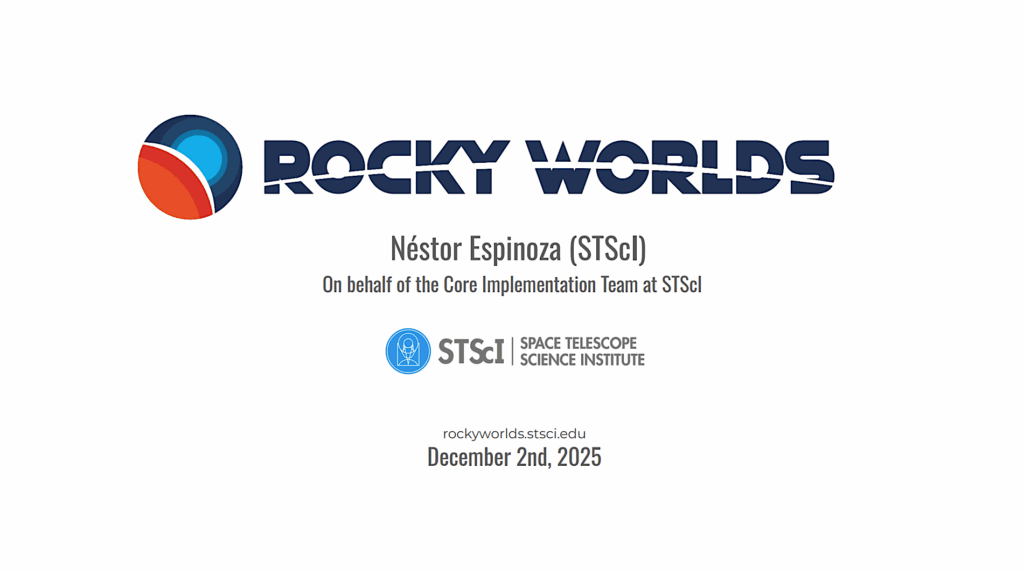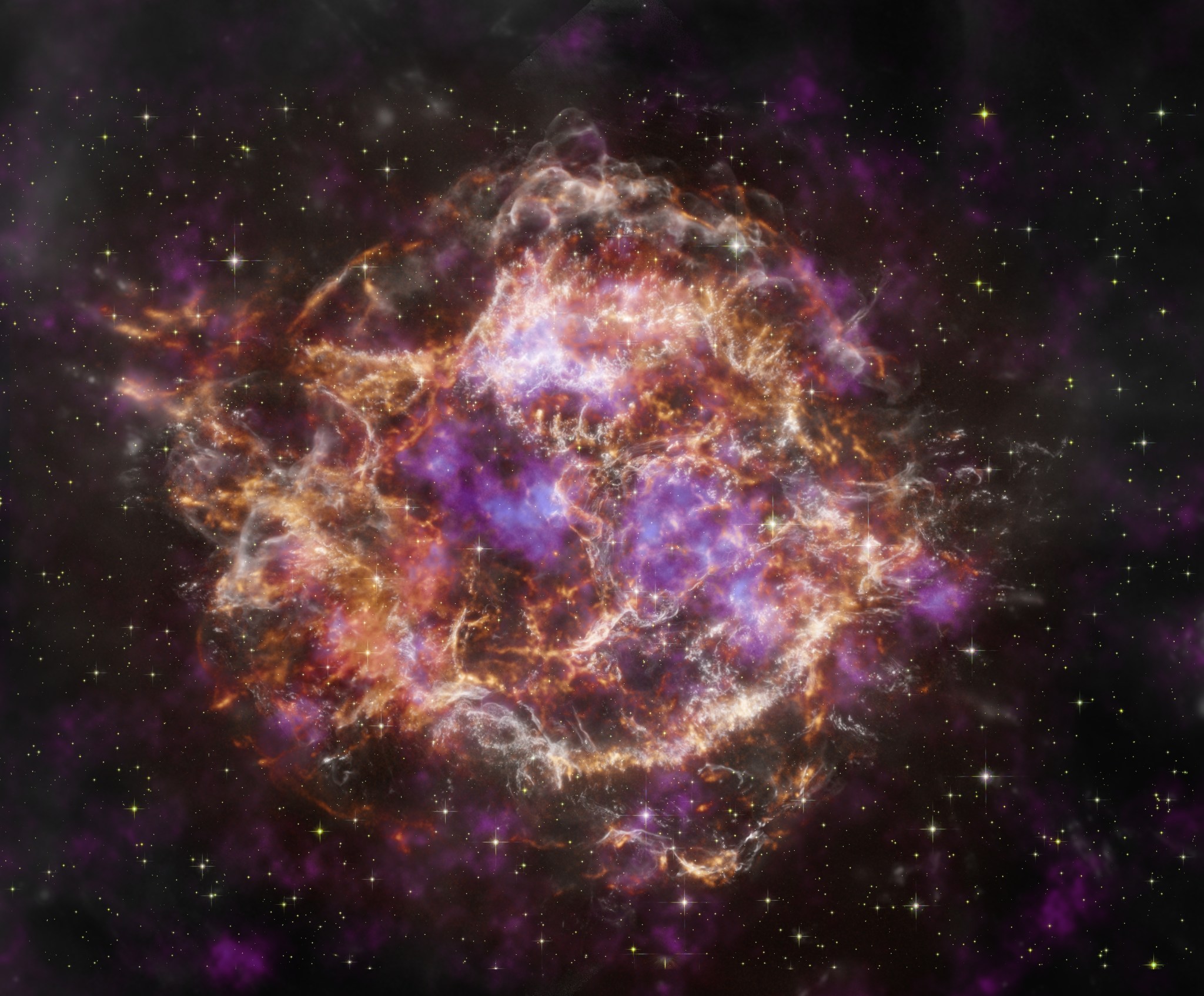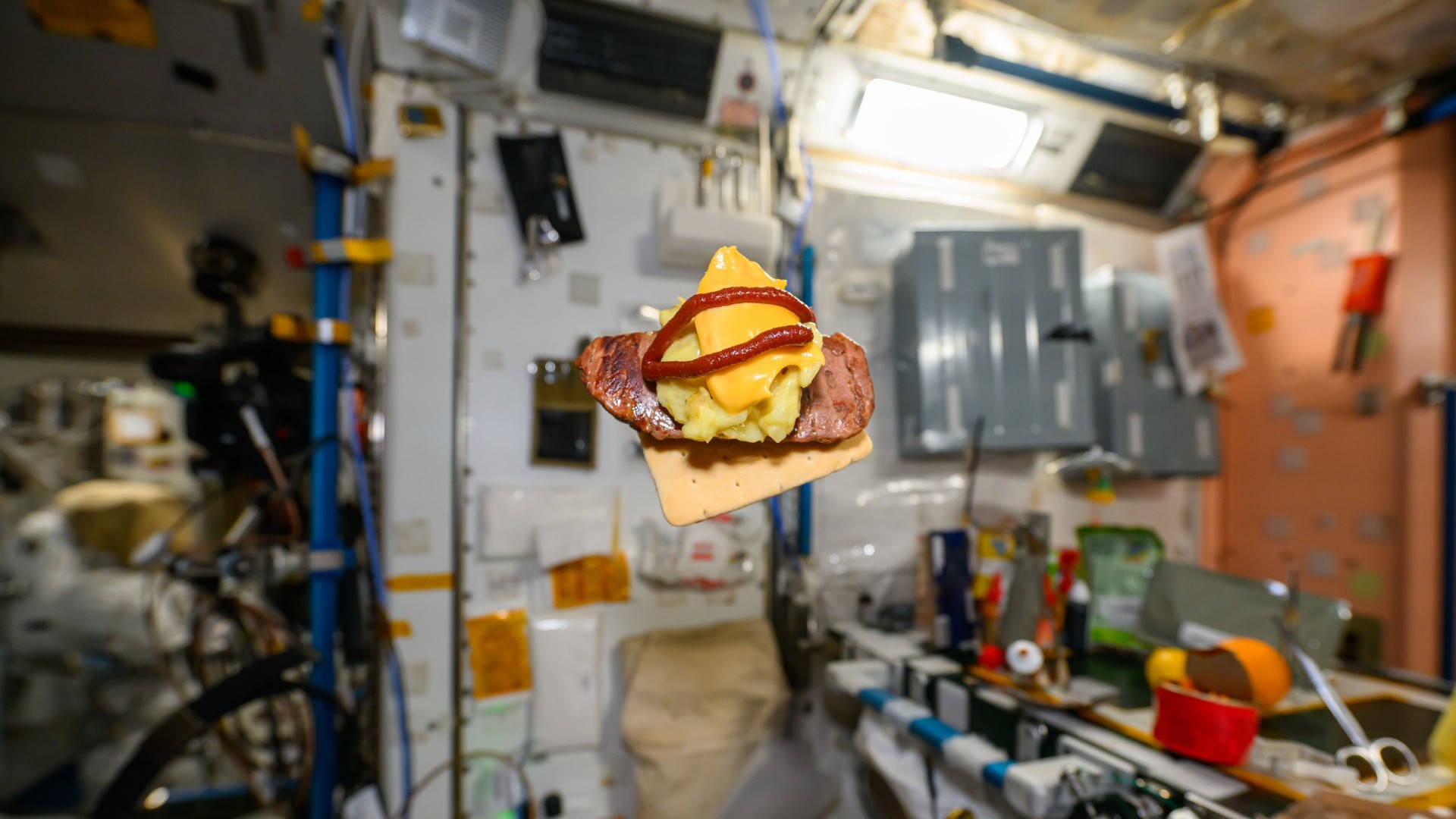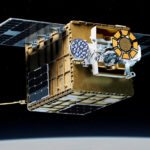Now Reading: Fluorescent Biomolecules Detectable in Near-Surface Ice on Europa
-
01
Fluorescent Biomolecules Detectable in Near-Surface Ice on Europa
Fluorescent Biomolecules Detectable in Near-Surface Ice on Europa
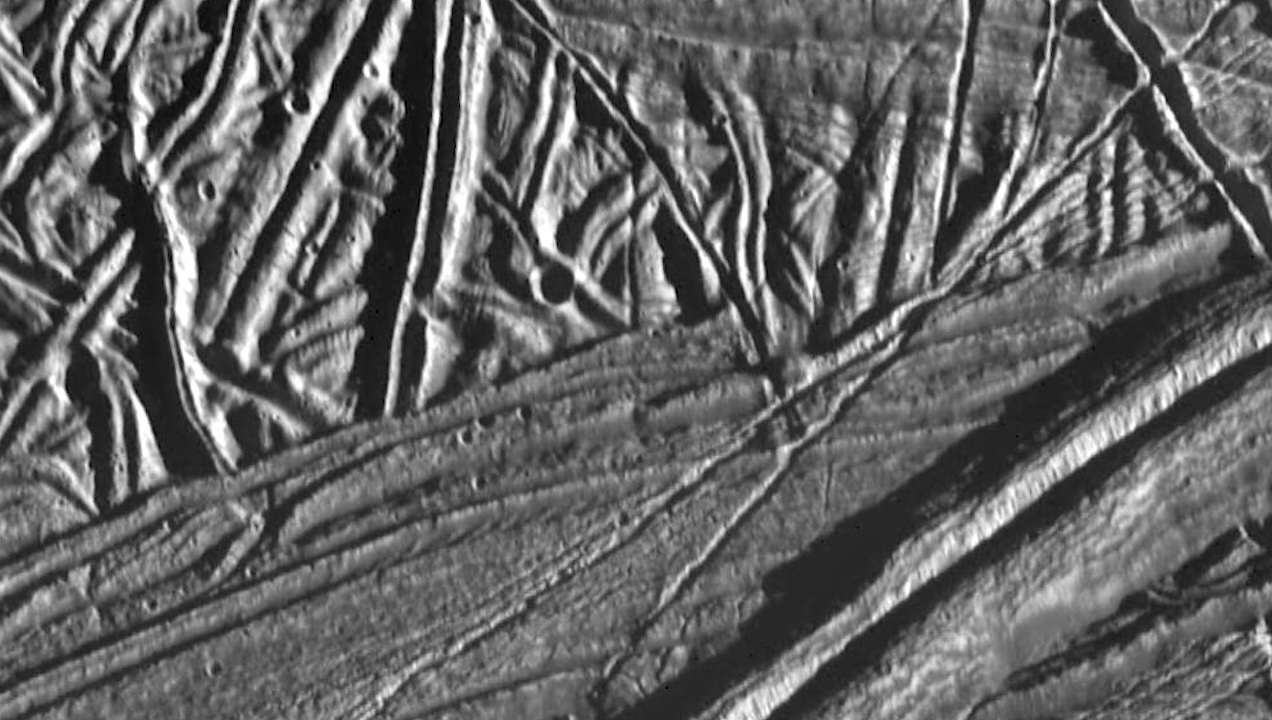

Europa, Jupiter’s second Galilean moon, is believed to host a subsurface ocean in contact with a rocky mantle, where hydrothermal activity may drive the synthesis of organic molecules.
Among these possible organic molecules, abiotic synthesis of aromatic amino acids is unlikely, so their detection on planetary surfaces such as Europa suggests that they could be considered a potential biosignature.
Fluorescence from aromatic amino acids, with characteristic emissions in the 200-400 nm wavelength range, can be induced by a laser and may be detectable where ocean material has been relatively recently emplaced on Europa’s surface, as indicated by geologically young terrain and surface features.
However, surface bombardment by charged particles from the jovian magnetosphere and solar ultraviolet (UV) radiation degrades organic molecules and limits their longevity.
We model radiolysis and photolysis of aromatic amino acids embedded in ice. Our model shows dependencies on hemispheric and latitudinal patterns of charged particle bombardment and ice phase.
We demonstrate that such molecules contained within freshly deposited ice in high-latitude regions on the surface of Europa are detectable using laser-induced UV fluorescence, even from an orbiting spacecraft.
Fluorescent Biomolecules Detectable in Near-Surface Ice on Europa, Astrobiology via PubMed
Astrobiology,
Stay Informed With the Latest & Most Important News
Previous Post
Next Post
-
 012024 in Review: Highlights from NASA in Silicon Valley
012024 in Review: Highlights from NASA in Silicon Valley -
 02Panasonic Leica Summilux DG 15mm f/1.7 ASPH review
02Panasonic Leica Summilux DG 15mm f/1.7 ASPH review -
 03From Polymerization-Enabled Folding and Assembly to Chemical Evolution: Key Processes for Emergence of Functional Polymers in the Origin of Life
03From Polymerization-Enabled Folding and Assembly to Chemical Evolution: Key Processes for Emergence of Functional Polymers in the Origin of Life -
 04How New NASA, India Earth Satellite NISAR Will See Earth
04How New NASA, India Earth Satellite NISAR Will See Earth -
 05And Thus Begins A New Year For Life On Earth
05And Thus Begins A New Year For Life On Earth -
 06Astronomy Activation Ambassadors: A New Era
06Astronomy Activation Ambassadors: A New Era -
07SpaceX launch surge helps set new global launch record in 2024













